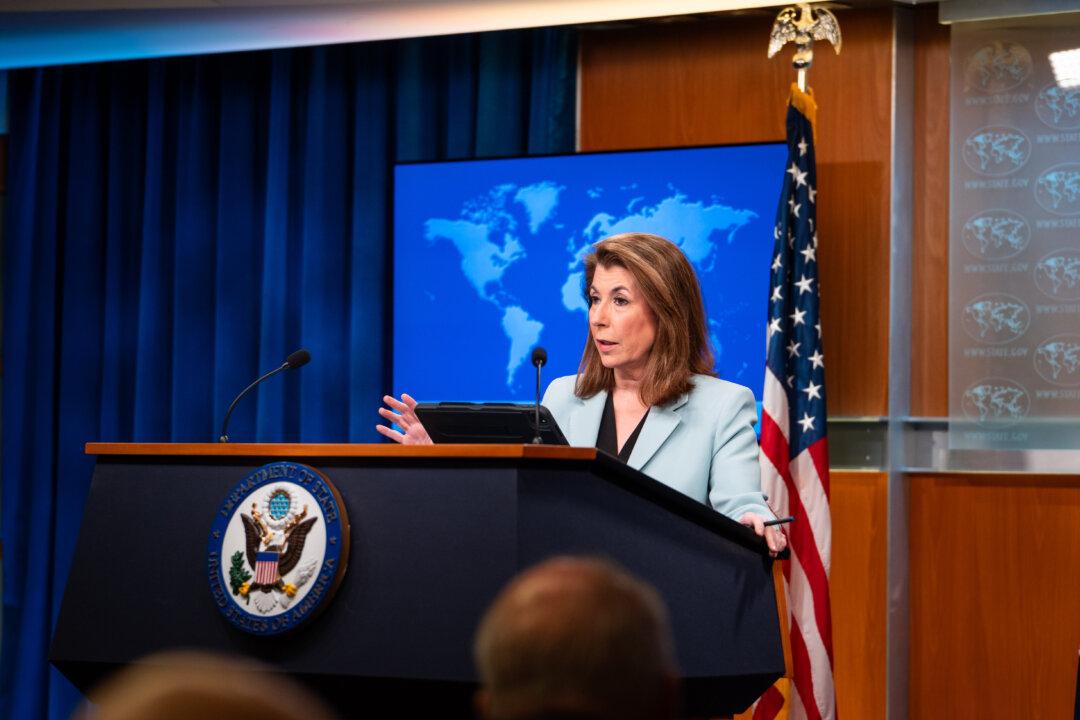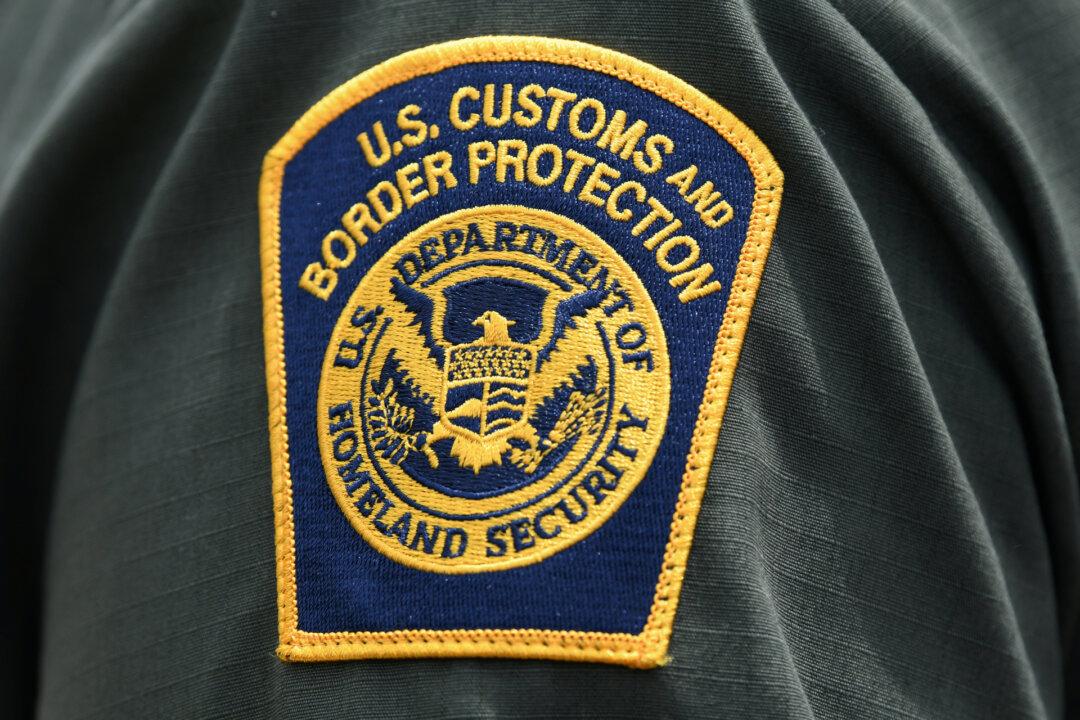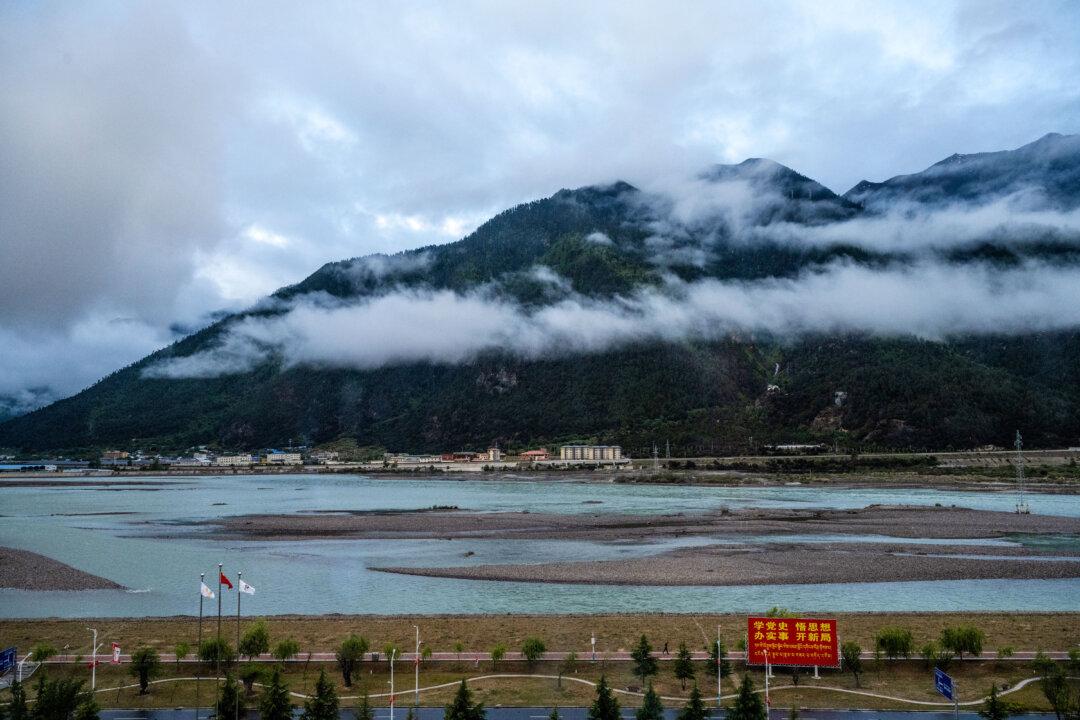In China, media is heavily censored and published articles must toe the party line, and fake news pieces are all too common. But Beijing has recently expanded its subversion techniques beyond its borders, with Taiwan and Latin America now under siege by manipulated news that promotes its agenda.
Taiwan President Tsai Ing-wen, while stumping for a fellow party member who is running for mayor in the southern city of Tainan, pointed to the serious problem of fake news from China spreading widely in Taiwan through social media, according to a Sept. 16 article by Taiwanese newspaper The Liberty Times.
Tsai noted that Beijing has taken advantage of the fact that Taiwan is a democratic country where the government can’t control the media and where freedom of speech is respected. Beijing is publishing fake news related to Taiwan in order to polarize Taiwanese society and incite conflicts, she added.
Taiwan and mainland China’s conflict stems from Beijing’s increased desire to restrict Taiwan’s role on the international stage. Since the Nationalist Party was defeated by the Chinese Communist Party (CCP) during China’s civil war and retreated to Taiwan, the island has transitioned to a full-fledged democracy with its own constitution, government, and military. However, China, under authoritarian, one-party rule, considers Taiwan a renegade province that must be reunited with the mainland one day—using military force, if necessary.
Recently, there were two prominent incidents of fake news involving Taiwan’s military. In May 2017, during Taiwan’s annual five-day military exercise known as the Han Kuang, Taiwan’s Ministry of National Defense announced that it had thwarted China’s attempts to flood Taiwan online forums with negative and misleading information about the exercise, according to Taiwanese English-language newspaper the Taipei Times. The negative news was meant to lower morale among the Taiwanese public.

Then, in December 2017, Chinese media widely reported about photos published by China’s air force on its Weibo account, a Chinese equivalent of Twitter, claiming that the images showed China’s fighter jets approaching Yushan Mountain, the island’s highest peak, in central Taiwan. These reports have been rejected as impossible by Taiwanese military officials and local military experts, who say that given that the Chinese jets ere flying outside Taiwan’s Air Defense Identification Zone, they would have been too far away to include the image of Yushan.
Just several days ago, a tragedy occurred that is likely an inadvertent result of fake news from China. Su Chi-cheng, director of the Taiwan Representative Office in Osaka, Japan, committed suicide on Sept. 14. He left behind a suicide note, in which he spoke of the incredible pressure he was under while doing rescue work related to Typhoon Jebi, which made landfall in Japan on Sept. 4 and caused massive destruction to western Japan.
The news about the CCP’s rescue effort turned out to be fake.
To combat the prevalence of fake news in Taiwan, Taiwan FactCheck Center, a nonprofit, was established by Taiwanese foundation Media Watch in July. One of its missions is to verify the authenticity of public information and news.
Rick Chu, a journalism lecturer at Taiwan’s National Chengchi University and a former chief editor at the Taipei Times, called on the Taiwanese government to work out a freedom of speech law to tackle the fake news problem in Taiwan, according to a Sept. 17 article by the Liberty Times. Chu explained that the law would subject “self-media”—a term used to refer to social media accounts that often publish content without the rigorous fact-checking of traditional journalism and considered a common source of misinformation—to regulation.
Latin America
Countries in Latin America also face the problem of fake news from China.Global Americans, a nonprofit that aims to provide evidence-based analysis and opinion on issues affecting Latin America, launched a two-week-long initiative in June to study a worrying trend in the region: ”misinformation masquerading as objective news reporting, published by Russian and Chinese state-owned media in Spanish.”
The report pointed out Xinhua’s deep inroads in Latin America: ”It has established 21 bureaus in 19 countries across Latin America and the Caribbean.”

For example, in a June 21 Xinhua article about the Dominican Republic Minister of Economy Isidoro Santana visiting China, Global Americans found the article misleading because “no other story on his visit to China mentions his explicit support for China’s OBOR initiative.”
Global Americans concluded that a Xinhua article published on Aug. 7 about a group of 6th-grade students from the Beijing-established People’s Republic of China School in Montevideo, Uruguay visiting China’s capital, “exaggerates in its portrayal of China as the best educational partner for Uruguay and the region at large.”
For instance, the article quotes the school director Irupé Buzzetti as saying, “All countries should follow the example of China,” a comment that didn’t appear in any other media outlet, according to Global Americans.
The misinformation was an effort by Beijing to bolster its standing in Latin America, the nonprofit concluded.





